 Properties
Properties
By Naz Nizar
25 Aug 2021
Why Savvy Harrow Buy-to-Let Landlords Don’t Use 10-Year Mortgages
And the reason you shouldn’t either
I know of many Harrow buy-to-let landlords who fell into property investing by accident. Many didn’t want to sell their family home when the Harrow housing market crashed in the Credit Crunch of 2009/10, yet still needed to move (often for work). They thought they would keep their Harrow family home in case they ever moved back to Harrow. Yet by keeping it, it couldn’t remain empty (there was still a mortgage to pay on it), so they ended up renting their home out.
And that was the start of many Harrow buy-to-let landlord’s journeys!
Many of you Harrow landlords reading this have had your fair share of problems, from tenants doing a midnight flit, rent arrears and troublesome tenants, yet also had your rewards.
The average Harrow landlord in the last ten years has seen their investment rise by an average of £191,600 and has earned in rent (before costs) £152,768.
Many of you reading this have started to learn about investing and creating a property portfolio by buying additional Harrow homes to rent. The average Harrow buy-to-let landlord now owns 3.38 properties that generate an impressive passive monthly income with the bonus of growing their household net-worth through growth in the value of their buy-to-let portfolio.
With the average Harrow buy-to-let landlord in the 56-to-58-year age range, one thing I learned about savvy buy-to-let investing, the shrewd Harrow landlords tend to want longer-term mortgages.
Taking longer-term mortgages reduces the risk to the landlord.
It sounds counterintuitive, yet it comes down to leverage. Let me explain that whilst leverage is formidable in buy-to-let, it is also quite risky.
Before I explain why some readers might not know what leverage is and how it relates to mortgages and buy-to-let, two-thirds of landlords are debt-free, yet those landlords who have come into the property investment game in the last 10 or 20 years have had to use borrowed money (mortgages) to finance their deals. Therefore, by putting down a small amount of say 20% and borrowing the other 80%, if you calculated your return on an investment base only the money that you put into the deal, then that is what is called leverage (i.e. using borrowed money as a funding source when investing in property and generate greater returns on borrowed money).
You would think, as, say a typical 55-year-old Harrow landlord, you would want to be only taking a mortgage out for however long you intend to work (say ten years at most) – meaning your portfolio would be all bought and paid for by the time you retire. Yet the clever buy-to-let Harrow landlords I talk to don’t see their portfolio as having to be paid off (and mortgage-free) by the time they retire. They have understood how to utilise and administer their mortgage debt rationally to enhance their returns without taking on unwarranted risk.
By taking a short-term mortgage of say ten years, compared to a 25-year mortgage, during those ten years, your monthly mortgage payments will be particularly high (because the longer the mortgage term, the smaller the monthly payments will be).
Also, you can pay off a 25-year mortgage in 10 years, but you cannot pay off a 10-year mortgage in 25 years.
Longer mortgage terms mean lower monthly mortgage payments, which in turn means greater cash flow and more elasticity within your rental portfolio. Now to some Harrow landlords, possessing their rental properties debt-free is very important. Yet, I would still seriously consider taking the 25-year buy-to-let mortgage and make additional payments every month to help you to pay the mortgage off early.
Therefore, as an example, if you have a bad couple of months without any rent coming in or unexpected bills, you can return to making the mandatory lower monthly mortgage payments without getting your property repossessed.
So, by taking on the longer-term mortgage, you decrease your risk because it has the lower required payments.
Let me give you an example – if our Harrow landlord wanted to buy a Harrow apartment for say £345,100 and put down a 25% deposit of £86,275, the best buy-to-let deal I found online on the day of writing this article was a 1.79% Santander 5-year fixed-rate buy-to-let mortgage.
Looking at the mortgage payments per month when comparing the mortgage terms; on the 10-year mortgage, the mortgage payment would be £2,378.06 per month. Therefore, our landlord would have to top up from personal savings to make up the monthly mortgage payments. Whilst if they choose the 25-year mortgage, the mortgage payment would be £1,093.26 per month. This would mean our landlord would be in profit from day one.
Some might say though the longer term means more interest payments, as it’s 25 years and not 10 years. Yet, at today’s low interest rates, that would only mean an additional £42,612 in interest payments spread over 15 years – not much in the grand scheme of things.












